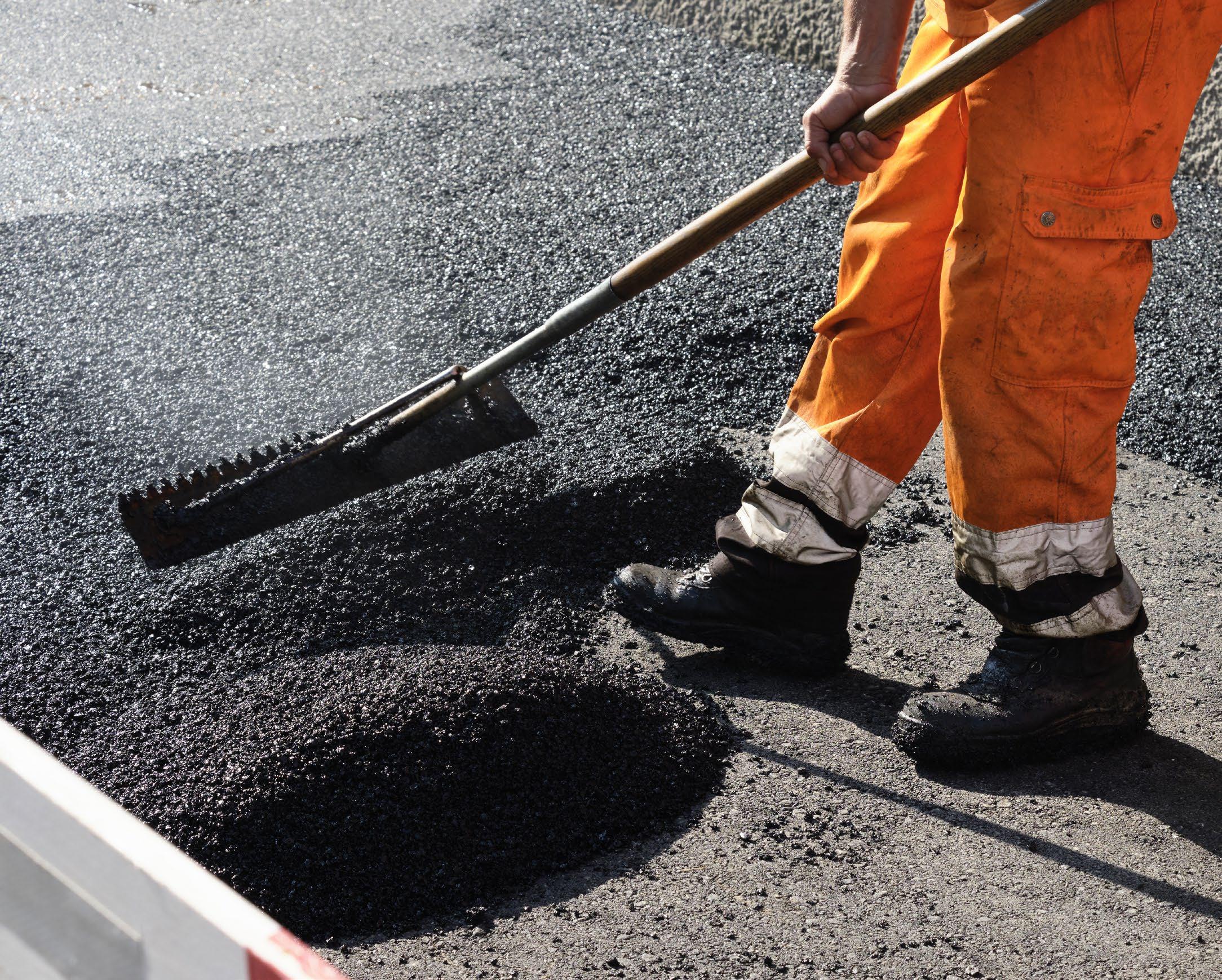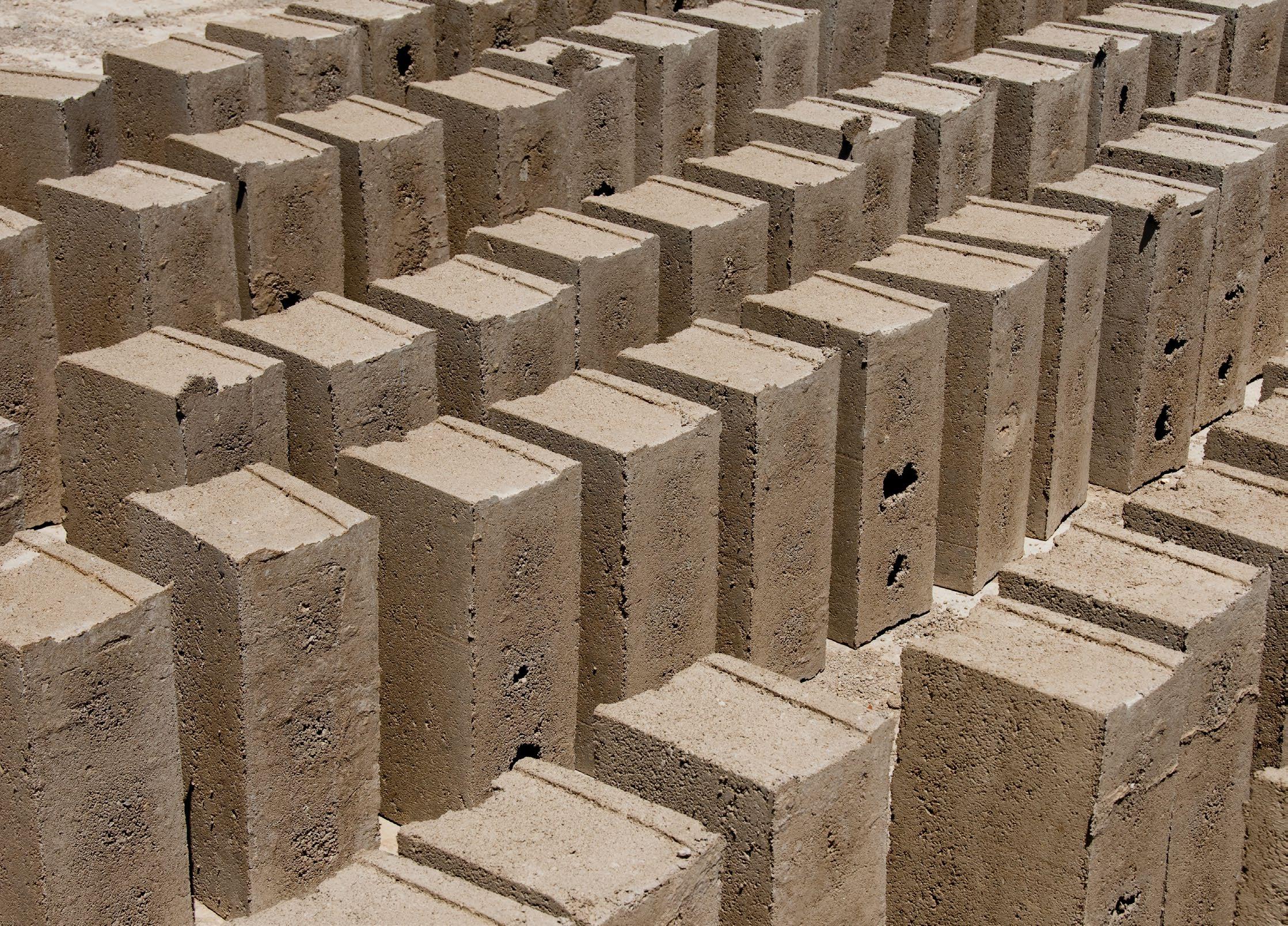
2 minute read
3.10. Other
Asphalt
The Scientific and Technological Research Council of Türkiye carried out a joint study with the Central Bank of the Republic of Türkiye (CBRT) to find the best method for disposal of unfit banknotes. Based on this study, CBRT provides briquettes to local companies at eight of its 23 sites to be used as a recycling material for the production of asphalt. In addition, separate research published in 2022 investigated the use of two modifiers, cotton straw powder and cotton straw cellulose, added to a matrix asphalt to improve the performance of heavy traffic asphalt pavements11 . The research found that they improved the tenacity, temperature sensitivity and rheological properties of the asphalt. The increase of asphaltene content and the decrease of aromatic content was due to the good oil absorption of cotton straw cellulose. The high temperature performance improved but the low temperature performance did not improve significantly. Brick material
Advertisement
A 2007 paper by Halil Murat Algin and Paki Turgut investigates ‘Cotton and limestone powder waste as brick material’12. This paper looked at using cotton waste (CW) and limestone powder waste (LPW) in combination to produce low cost and lightweight composite building materials. It believes its work can be easily applied in current brick plants to create economically competitive sturdy, lighter weight composites for use in walls, wooden board substitutes, as alternatives to concrete blocks, ceiling panels, sound barrier panels etc. The results showed the new products were not brittle, had high energy absorption capacity, were dramatically lighter (about 60%) and had smoother surfaces than current concrete bricks. The material behaves similarly to autoclaved aerated concrete. Concrete with 30% replacement levels of CW satisfied the compression and flexural strength values required for BS6073 building materials used in structural applications. Reinforcement for Portland cement concrete
One of the limitations of concrete is its lack of tensile properties. A 2019 paper investigated whether the addition of cotton fibre could address this limitation13. The research found an increase in tensile strength and ductility of the concrete and a less brittle failure mode. The conclusion was that the use of cellulose cotton fibres could offer a more economic and sustainable way to reinforce conventional concrete.

11 www.iopscience.iop.org. Study on pavement performance of cotton straw cellulose modified asphalt. 28
February 2022. Zhenxia Li et al 2022 12 www.turgutpaki.weebly.com. ScienceDirect – Construction and Building Materials 22 (2008) 1074 – 1080. 13 trid.trb.org. Transportation Research Board. ‘Waste cotton fiber derivatives as reinforcements for Portland
Cement Concrete’.






